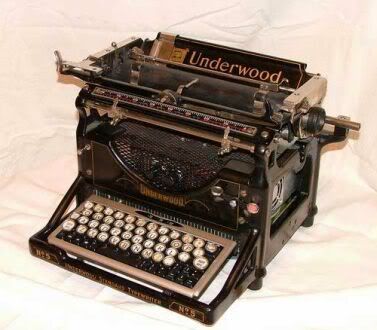Just as we wrote about one attic treasure of photography, another one came to light.
The oldest commercially built photo camera, a so-called Daguerrotype Susses Freres was auctioned at Vienna's WestLicht gallery and auction house on May 26 for EU 588,613 ($ 792,333), making it the most expensive camera ever sold.
The Vienna camera is the only known example of its kind. Before it was found gathering dust in an attic in Munich, Germany, it was regarded a myth among photography experts, any evidence of its existence lost for the past 170 years.
Invented by French chemist Lois Daguerre, a daguerreotype is an early type of photograph. It produces a direct image on a polished silver surface that bears a coating of silver halide particles, deposited by iodine bromide or chlorine vapors. As there was no negative original like in modern photography, no copies of pictures could be made.
The camera on auction in Vienna was first advertised for sale on September 5, 1839, weeks before another Daguerrotype, produced by Daguerre's brother-in-law, Alphonse Giroux was commercially available.
The Giroux Daguerrotype is widely regarded as the first commercially produced camera. Around 10 of those cameras still exist in museums worldwide.
The camera in Saturday's auction was sold to an online bidder, who wished to remain anonymous, WestLicht said in a press release. Bidders from Korea, Japan, the United States and France participated in the auction.
Starting price was at 100,000 euros. Ahead of the auction some experts expected an even higher price, but for WestLicht owner Peter Coeln the price fetched was already "sensational."
WestLicht, a small private photo gallery and auction house, organizes photographica auctions twice a year.
The oldest commercially built photo camera, a so-called Daguerrotype Susses Freres was auctioned at Vienna's WestLicht gallery and auction house on May 26 for EU 588,613 ($ 792,333), making it the most expensive camera ever sold.
The Vienna camera is the only known example of its kind. Before it was found gathering dust in an attic in Munich, Germany, it was regarded a myth among photography experts, any evidence of its existence lost for the past 170 years.
Invented by French chemist Lois Daguerre, a daguerreotype is an early type of photograph. It produces a direct image on a polished silver surface that bears a coating of silver halide particles, deposited by iodine bromide or chlorine vapors. As there was no negative original like in modern photography, no copies of pictures could be made.
The camera on auction in Vienna was first advertised for sale on September 5, 1839, weeks before another Daguerrotype, produced by Daguerre's brother-in-law, Alphonse Giroux was commercially available.
The Giroux Daguerrotype is widely regarded as the first commercially produced camera. Around 10 of those cameras still exist in museums worldwide.
The camera in Saturday's auction was sold to an online bidder, who wished to remain anonymous, WestLicht said in a press release. Bidders from Korea, Japan, the United States and France participated in the auction.
Starting price was at 100,000 euros. Ahead of the auction some experts expected an even higher price, but for WestLicht owner Peter Coeln the price fetched was already "sensational."
WestLicht, a small private photo gallery and auction house, organizes photographica auctions twice a year.
Link












